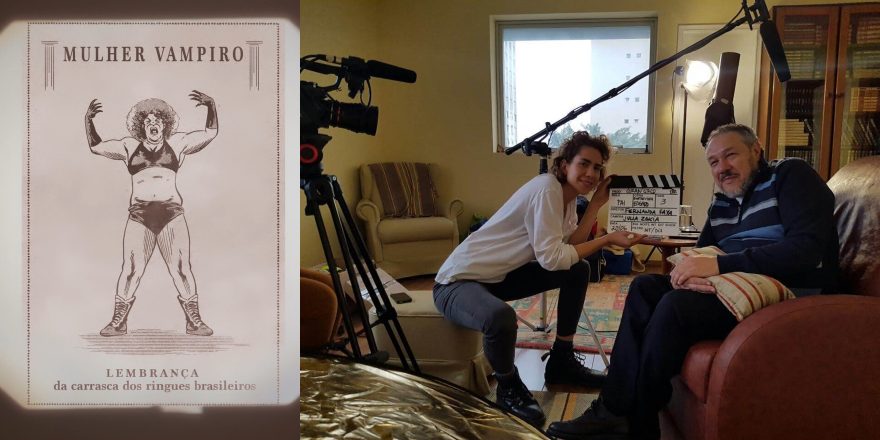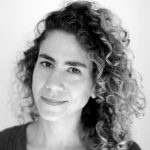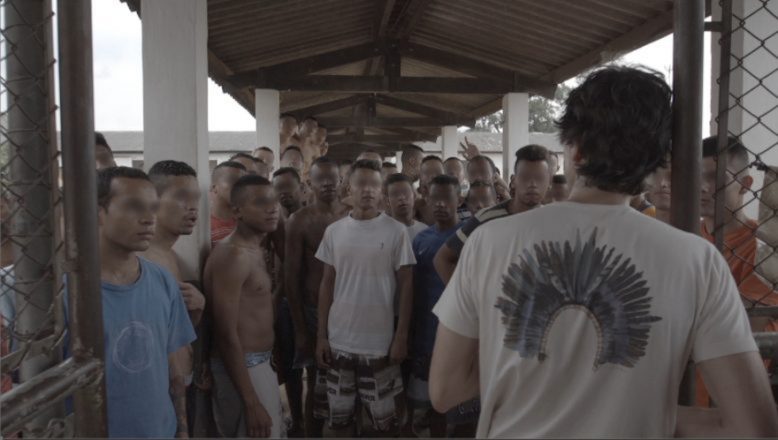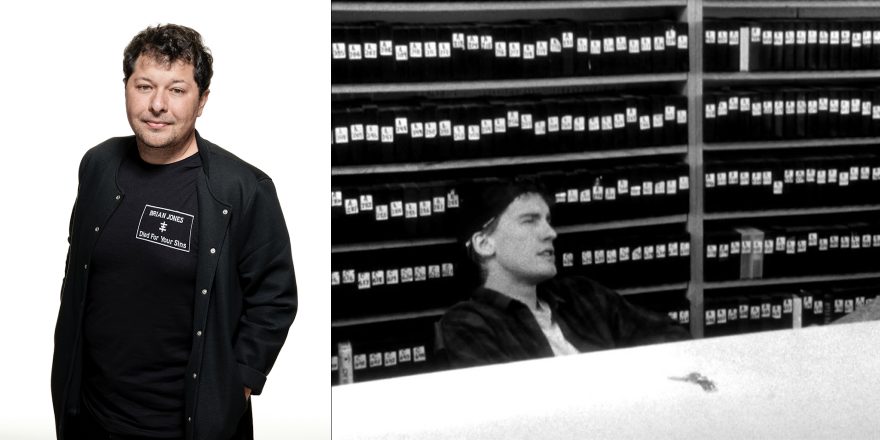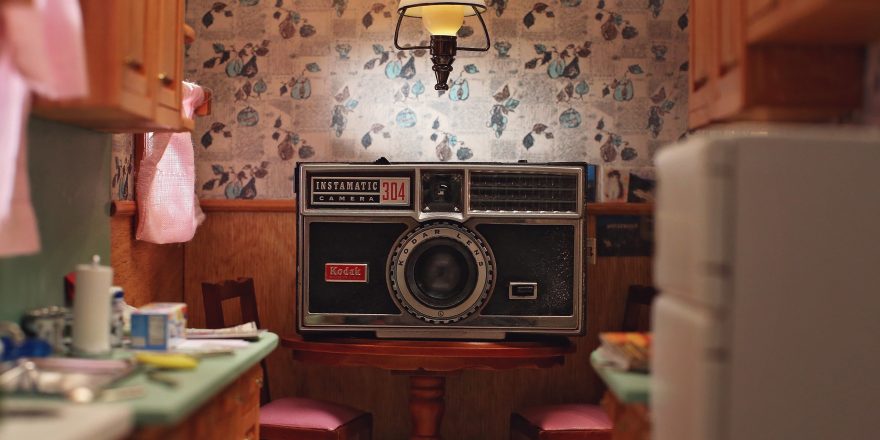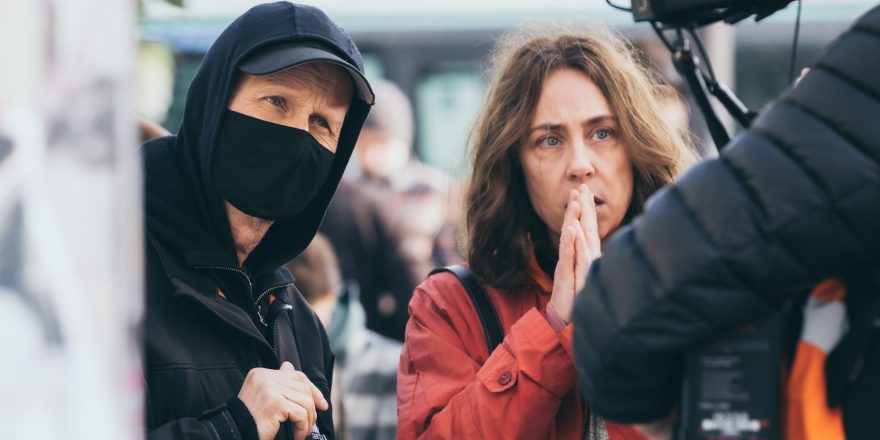When I was in film school in São Paulo, every student’s dream was to make a feature film. Directing a feature seemed to be the most ambitious thing we could dream of at the time. (To be honest, it still seems like a very ambitious endeavor.) As I approached my final year of college, I had to present a proposal for my thesis project. Other students quickly came up with fiction projects, some featuring various special effects (it was a time when few of us were concerned about the feasibility of our films), and there was even a project inspired by Godard’s Alphaville, because, after all, we were also quite pretentious.
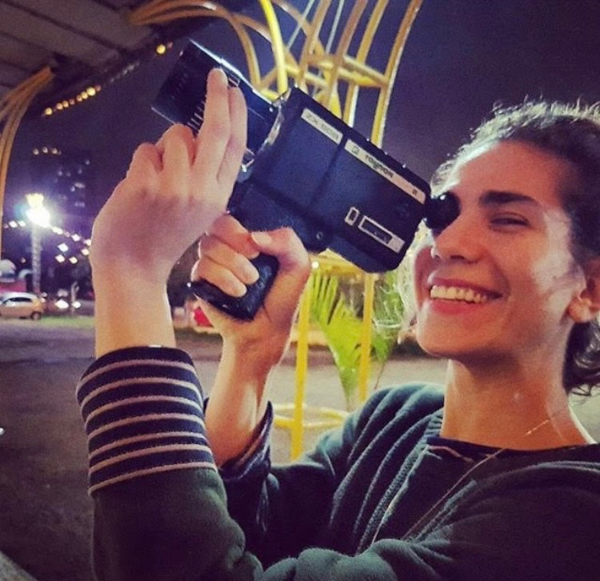
After much reflection, I presented an unconventional proposal, diverging from the kind of project one would expect from a film student with aspirations to become the next Truffaut: a documentary about my family. Long before films like Stories We Tell, Silence is a Falling Body and 108 (Cuchillo de Palo) inspired me, I believed there was something special about my family that needed to be explored. In fact, what I found most fascinating (at least for someone like me, who grew up in a big city and had a somewhat conventional upbringing) was the fact that my father’s family came from a circus background. My grandmother worked in the circus, and my great-grandmother was also a circus artist, as were my aunts and cousins. This was an aspect of my life that I had always kept secret from those around me, almost like a trump card, something I would only reveal to very special people or when I wanted to impress someone with this unusual aspect of my identity.
However, the thesis board didn’t approve my proposal, so I instead became the director of photography for someone else’s thesis project, a period film shot on 35 mm. In hindsight, if my project had been approved, I think my inclination at the time would have been to make a film that romanticized the circus stories I grew up hearing, or rather replicated those stories in audiovisual format. The film was never made, but the desire to tell my family’s story remained alive in me.
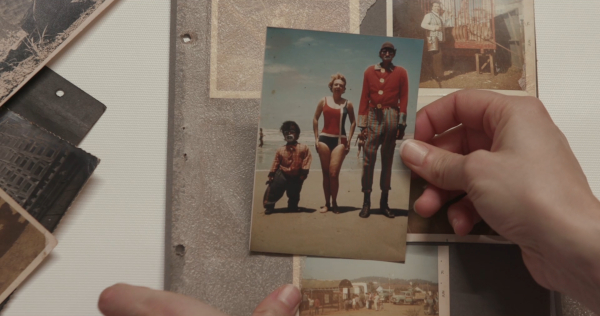
After I graduated from college, my family experienced a series of losses. Two of my father’s cousins passed away within a short period of time, and then a great aunt. With each person’s passing, all I could think was, One less person to share circus stories in my film. (I know what you’re thinking, but I believe any filmmaker can relate to this conflicting feeling of measuring the impact of events, often sad ones, in terms of how they will affect our films.) I felt like I was in a race against time if I really wanted to make a film about my family’s history in the circus. At that time, my father had already shown me his impressive collection of circus materials he had kept over the years: original posters from my grandmother’s circus, photographs of circus performers posing with lions and elephants, newspaper articles about the family circuses, stuff about my great-grandmother (the youngest Brazilian equestrian, who did acrobatics on a moving horse), original tickets and even cassette tapes on which my grandmother and my aunt Neirud talked about all the Brazilian circuses. In short, a treasure trove stored in plastic boxes that my father kept hidden in his office. The last material my father showed me, tucked away in a cardboard folder at the bottom of the plastic box, was his writings from when he was young. When he was in college, he had started a project similar to mine, aiming to document the family’s history. But when he showed me what he’d written, he warned, “I never finished this project because it was too ambitious. And, well, also because I gave up on everything when I was your age.”
Despite getting access to my dad’s collection and feeling a certain sense of urgency due to my family members’ passing, I continued to view the project as a dream to be realized in “the future.” Maybe I was also concerned, at that point in my early twenties, with how to make a living as a cinematographer, so making a personal, low-budget documentary seemed like a side hustle that simply didn’t fit my priorities. But suddenly, everything changed with the death of my aunt Neirud. Neirud was the closest person in my father’s small (now even smaller) family. She was a circus wrestler I’d grown up admiring, and despite being somewhat reserved, she always had a circus story or two to share. She was the living memory of the circus, and when she died, I lost my opportunity to interview her for the movie. So I decided there was no more delaying this film, and that’s how I started making Gran Circo in 2014, a film whose working title became Gorilla Woman in 2019, and finally was finished in 2023 as Neirud.
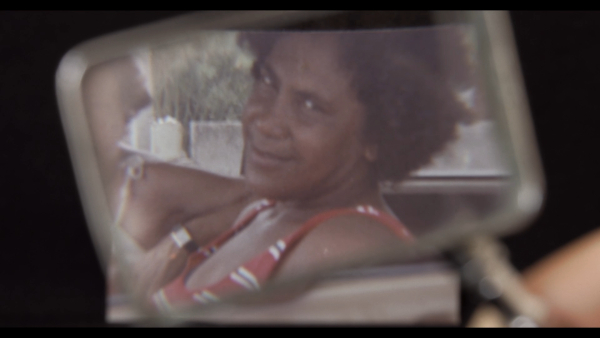
Many years passed between Neirud’s death and my entering the editing room with the raw material of the film, which included interviews with my father, observational footage from the seven days my crew and I spent living in our cousin’s circus, re-enactments, archival material and, of course, the digitization of my father’s collection. Every time I interacted with my father, or when I showed up with a film crew for an interview, he would predictably ask, “Are you still making this film? Are you still tangled up with it?” By “tangled up,” my father (who is a psychologist) was suggesting that my making a family film meant I had somehow unresolved issues and that it was a form of arrested development. “What is it that you think you will find?” he would add.
Fast-forward to the editing room, five years later. I’m with my editor, scratching our heads, trying to work out how to create a film from a vast, heterogeneous cache of material filmed over five years on various formats like Super 8, MiniDV, VHS, HD and even 4K, not to mention the numerous vintage archive materials and hundreds of old family photographs. In other words, the film had been shot, but I had no idea what to do with all this footage, what story to tell, or which approach to take. I was (and had already been for a significant part of the 10-year production process) completely overwhelmed by this project that was deeply personal and therefore very confusing. I would call my dad periodically to ask him to clarify dates, events and stories, in the hope of finding answers for the film, of discovering that the story I was seeking was somewhere in my father’s memories. The more I called him, the more I heard a tone of concern: “Still unresolved with this?” And indeed, I was trapped in a vicious cycle that was somehow clouding my ability to transform all the material into a cohesive whole, partly because I felt responsible for ensuring the film would close the loop of my father’s unfinished project.
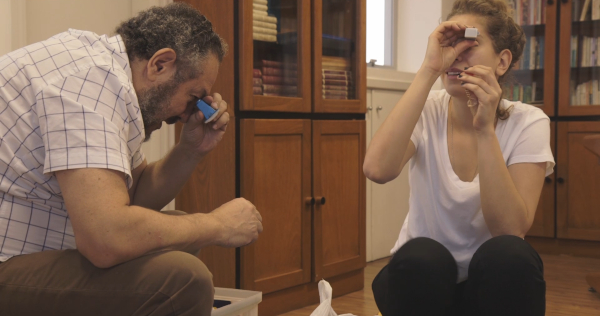
But a film is a story constructed for an audience, so I needed to view all the elements I had as dramatic components, instead of a collection of memories that would easily engage my family at Christmas. I had to stop thinking about what each of those images, stories and people personally meant to me and start thinking about what they could convey to people outside my family. It’s no wonder I avoided writing the film’s narration like the plague.
The tricky part about making a film about one’s family is that the consequences and impacts on my relationships with family members are very real, so how is it possible to separate reality from the filmmaking? Writing the narration for Neirud filled me with dread because the moment I wrote a word, I found myself feeling ridiculous, insincere, simplistic and tacky. I thought, “I would never say it like this, I would never make this kind of comment,” or worse, “I don’t think that.” Moreover, I didn’t want it to come across as egotistical or overly melodramatic. Yes, I was truly in a bind. Moreover, my editor and I had isolated ourselves in the editing room for five years, without sharing the process with anyone, and now were in a cocoon, unable to find solutions for the film.
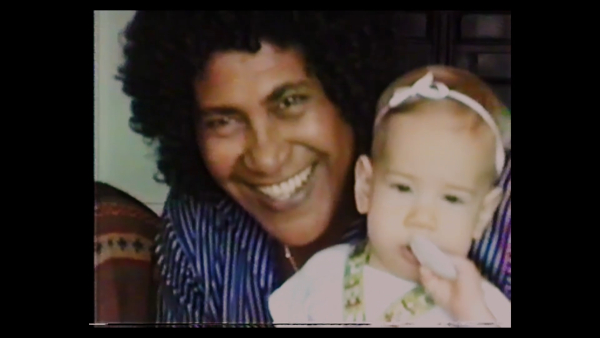
We finally saw light at the end of the tunnel when someone asked, “Who’s really the protagonist of this film? And what’s your role in front of the camera, Fernanda?” We realized we needed to pick and choose which aspects of the story to showcase in the film, so we decided to start from scratch, armed with this new insight. We saw we should craft a narrative from Neirud’s perspective and have me take the role of the investigator/narrator, leading a true archaeological effort to find the puzzle pieces necessary to tell Neirud’s story. I learned to let go of everything that didn’t contribute to the film, bidding farewell to my father’s magnificent circus poster collection, to some gorgeous footage we’d shot, to all the other family stories involving lions and lion tamers, horseback escapes, forbidden weddings. But it was alright because, finally, I knew which story I wanted to tell, and none of the things I let go were part of it.
A film becomes much more interesting when its purpose isn’t just to faithfully depict reality but instead to find a way to view, or even challenge, that reality through a specific lens. In the case of a family film, one also has to detach oneself from interpersonal dynamics, from the ideas and idealizations we have of our relatives, which determine and limit us, but also provide comfort, because it’s all we know. For Neirud, I had to disentangle myself from the stories I’d been told to find my own way of interpreting them, which meant being able to question myself constantly. After all, I wasn’t unresolved as my father suggested, but rather, I was going through the necessary (and therefore long) process of deconstructing myself – and thus finding my own voice.
Featured image shows (left) an old circus poster and (right) Fernanda Faya interviewing her father Edgard for Neirud; all images courtesy Fernanda Faya.



